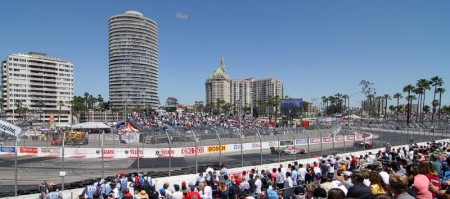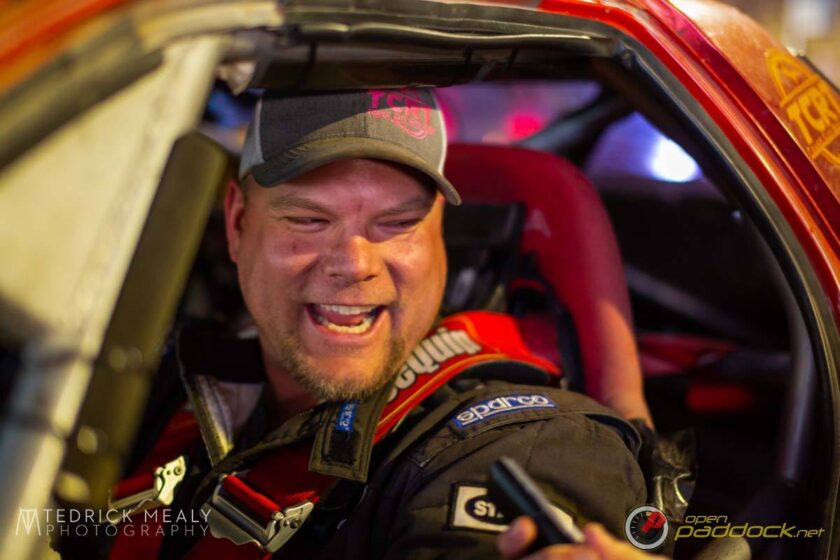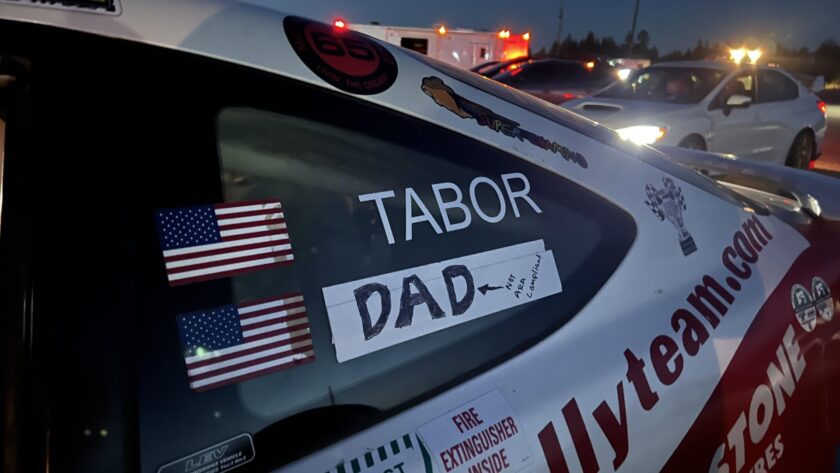Introduction:
The Toyota Grand Prix of Long Beach is the fourth event of the season for the IZOD IndyCar Series and the third for the Firestone Indy Lights Series. Joining the the Indy Cars and Lights Cars this weekend will be the SCCA World Challenge, American Le Mans Series, and for the first time on real city streets the Formula Drift Series. Formula D actually held their competition portion of their event on April 9th and 10th. This coming weekend, the crowds will be treated to a demonstration of what drifting is all about. Combine these five series with the traditional Pro/Am race, and you have a VERY busy track! There will certainly be no shortage of action this weekend, and as always, Long Beach is an event unto itself beyond just the racing. Its often been referred to as a giant block party with auto racing as a backdrop.

History:
Although this will be only the second time that the IZOD IndyCar Series has visited Long Beach, the event has a long rich history of open-wheel racing. The event began as an F5000 race in 1975 and in the following year became the site of the Formula 1 United States Grand Prix West being dubbed America’s answer to Monoco. The United States Grand Prix (East) was still being held at the historic Watkins Glen, but with its popularity fading, Long Beach was able to take advantage and create a fantastic event that has been a success every year since 1975 to the today. Formula 1 continued at Long Beach from 1976 until 1983. In 1984, the event was part of the CART championship. CART, and later the Champ Car World Series, CCWS, would held the event until 2008 when the Champ Car World Series and the IZOD IndyCar Series merged after their 13-year long division. The 2008 Toyota Grand Prix of Long Beach was the final race for the quickly failing series and it was the last time the Panoz DP-01 chassis was driven in competition. 2009 was the first year that the IZOD IndyCar Series ran at Long Beach, and the event, although the on-track product was a bit different, was still a huge success and promises to be a big hit this year as well.
The winner of that first F5000 race was Brian Redman. Redman was a journeyman racer who competed successfully in many different series including Formula 1 where he scored a total of eight championship points in his thirteen GPs. He enjoyed success in sportscar racing, winning the 12 Hours of Sebring twice, but the F5000 series is where he truly excelled, winning the series championship three times in a row between 1974 and 1976. 1975 was the only time the F5000 series would visit Long Beach.
The winners from the Formula 1 events at Long Beach read like a Who’s-Who of grand prix racing: Clay Regazzoni, Mario Andretti, Carlos Reutemann, Gilles Villeneuve, Nelson Piquet, Alan Jones, Niki Lauda, and John Watson.  Mario Andretti, the winner of the 1977 USGP West, won the first CART race at Long Beach in 1984 becoming the one and only person thus far to win at Long Beach in two top-tier open-wheel series. Mario would go on to completely dominate the first several years of the CART competition at Long Beach, winning in 1984, 1985, and 1987. In 1986, there was still an Andretti on the podium, but this time it was Mario’s then young and up-and-coming son Michael Andretti. Beginning in 1988, Al Unser, Jr. started a winning streak at Long Beach that remains unparalleled winning four years in a row from 1988 to 1991, and then winning two more in 1994 and 1995. Little Al’s six wins still remains the record at Long Beach. The next closest driver is Paul Tracy with four wins, and with his return to the cockpit this coming weekend, he looks to take a step closer to Little Al’s record. There are two other drivers in the field this year seeking to join Mario as winners in two different top-tier series, Helio Castroneves who won in 2001, and Will Power who won the final race of the Champ Car World Series in 2008.
Mario Andretti, the winner of the 1977 USGP West, won the first CART race at Long Beach in 1984 becoming the one and only person thus far to win at Long Beach in two top-tier open-wheel series. Mario would go on to completely dominate the first several years of the CART competition at Long Beach, winning in 1984, 1985, and 1987. In 1986, there was still an Andretti on the podium, but this time it was Mario’s then young and up-and-coming son Michael Andretti. Beginning in 1988, Al Unser, Jr. started a winning streak at Long Beach that remains unparalleled winning four years in a row from 1988 to 1991, and then winning two more in 1994 and 1995. Little Al’s six wins still remains the record at Long Beach. The next closest driver is Paul Tracy with four wins, and with his return to the cockpit this coming weekend, he looks to take a step closer to Little Al’s record. There are two other drivers in the field this year seeking to join Mario as winners in two different top-tier series, Helio Castroneves who won in 2001, and Will Power who won the final race of the Champ Car World Series in 2008.



